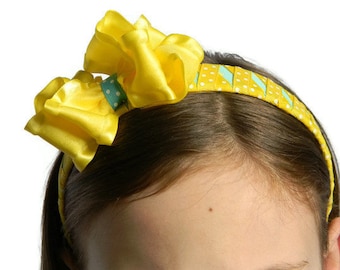
One of the current popular video trends on YouTube consists of men going through simulated labor. It’s an interesting concept and the men have some funny reactions. But when you read the comments underneath the videos you start to wonder if women get a little more pleasure out of them than simply for curiosity or humor’s sake. It seems as if the videos are being used to back up an accusation, a popular accusation—the accusation that goes like this:
Women are stronger than men. Women suffer more. And men will never, ever, EVER understand.
Women say this kind of stuff all the time. About how men “don’t understand.” We complain about the stretch marks that babies give us but don’t give them. We insist that the father cannot ever know best for the child simply because he didn’t birth the child. We rant about PMS and about countless other “female problems” that we assume far exceed what any man must have to deal with. We expect the husband to change oil and to change diapers and to be an expert at both. And then if he ends up being an expert at both, we dismiss it because it still won’t ever compare to all the sacrifices we do.
And why do we say all this? Because it builds us up. It makes us feel stronger. And a lot of this is a reaction to the many ways in which the strength of womanhood has been overlooked or taken for granted throughout history and today. We want to be appreciated, and rightfully so. But too often we go too far, and unsatisfied with simply being appreciated, we feel the need to depreciate men. We aren’t content knowing we are strong, and so women fall into the trend of delighting in a man’s weakness– delighting when he doesn’t fully understand, or better yet, can’t fully understand.
But what women do not consider is that we may not always understand either. We don’t know what it’s like to be a man. Now I know that eyes are going to roll at that sentence. Women are thinking, yeah, and like being a man is difficult, but who are we to say unequivocally that it is harder to be a woman than a man, harder to be a mother than a father? Who are we to make that sort of judgment? We know that no one fully understands our life and our suffering, so how are we to conclude that anyone else’s is any worse or any better?
And moreover, even if we could come to such a conclusion (which is not possible)—state as fact that men have it easier—why should we hold that against them? It is a dangerous business—tallying up suffering and using it to judge other peoples’ worth and goodness. It is dangerous because it is an incorrect method. Human beings are not good according to how much they’ve dealt with. They are good according to how they’ve dealt with what they’ve been dealt. The fact that they may deal with less does not lessen their worth. If we believed otherwise, then we would think most children the worst people of all. After all, we generally assume that children don’t have as much to deal with as adults (although this too is questionable). And yet, we don’t blame them or hold that against them. We judge them on their own scale. We judge them according to what they do have and the suffering they are dealt. And rightfully so. For is that not how we would like to be judged? What would a woman think if one day, after critiquing her husband for having “no idea what I went through in my thirty hour labor,” he replied, “well, my friend’s wife was in labor for forty hours, so you really shouldn’t be talking.” It would hurt her down to her core! And she would find it such an unfair statement for him to make. After all, it’s not her fault that she didn’t have a longer labor! He should be proud of her for how she made it through whatever she made it through! He ought not judge her according to the difficulty of her suffering.
We know this. We know how we would like to be judged. So why don’t we judge men the same way? This ongoing insistence that “men have it easier” and we are therefore, somehow, “better” needs to end. It doesn’t make men feel bad for us. It doesn’t make them more likely to be helpful or kind. It doesn’t make them want to get closer to us, (in fact, it does the opposite.) And it doesn’t make them better men. Women cannot help men be better until they recognize the good that is already there. If we want men to understand us, we have to at least try to understand them. And most of all, we have to admit that they are worth understanding. There was a time when it was standard to consider women not worth understanding—to consider the woman’s task and life frivolous and easy. We’ve seen the damage this outlook has inflicted, not only on women, but on the whole world. So how dare we test our luck by turning the vice around? How bold we are to assume that devaluing men won’t have a negative effect on the world at large. How bold we are to assume that it won’t hurt all of us, not just men. We risk much by depreciating men. We risk much by treating them as if they “can’t possible understand.” No, simulated labor will never be real labor. And men won’t ever fully understand. But women won’t fully understand either. Nobody will. Nobody ever fully understands anything another person suffers through. But the good news is we can at least begin to. We can see further and further into the depths of another person’s soul, and them into ours—we can see and be seen, appreciate and be appreciated—we just have to be willing to open our eyes.

 (This is a parody. For the original, regarding dogs,
(This is a parody. For the original, regarding dogs,
